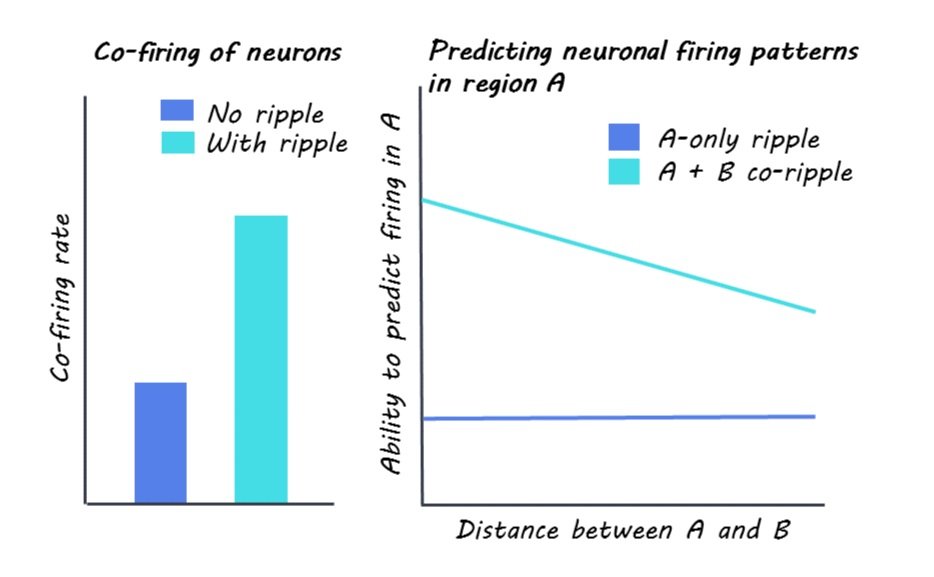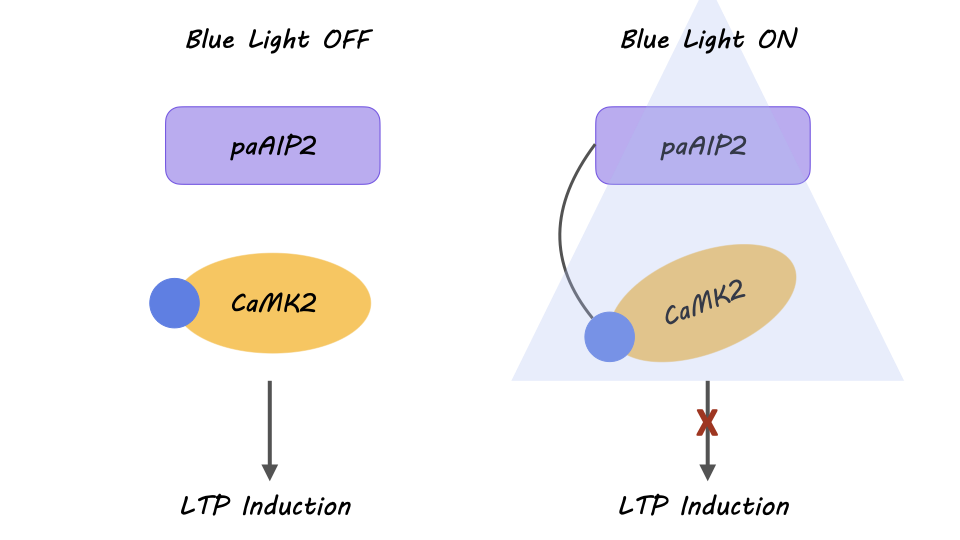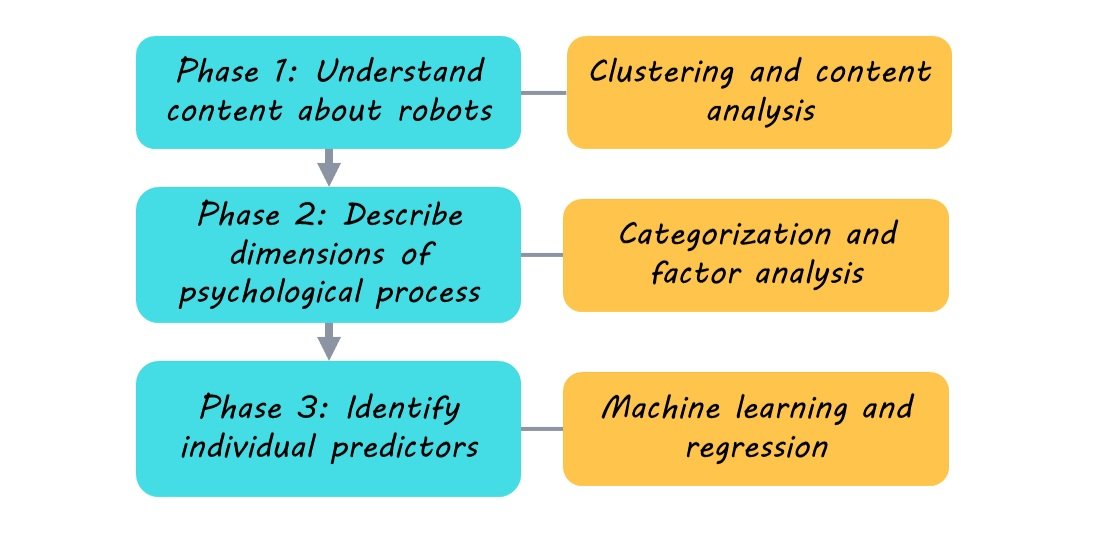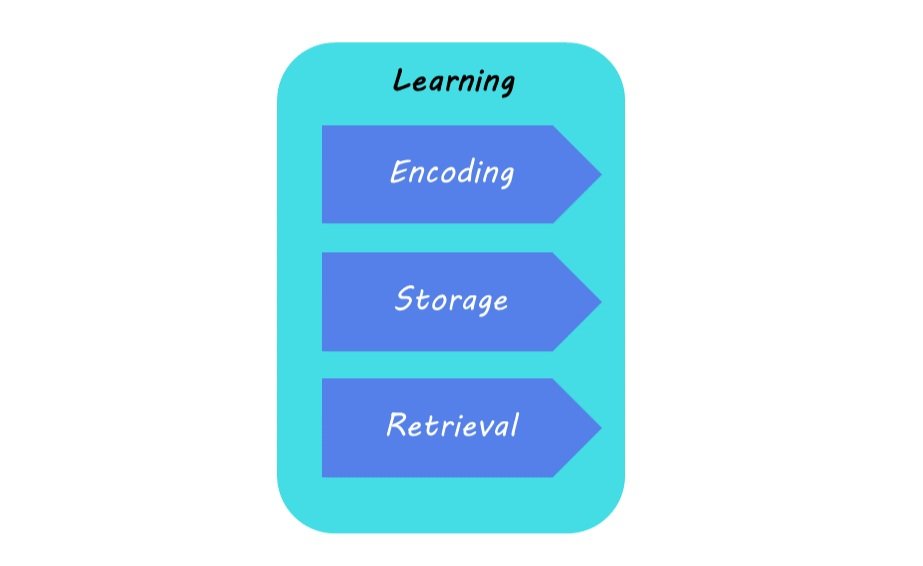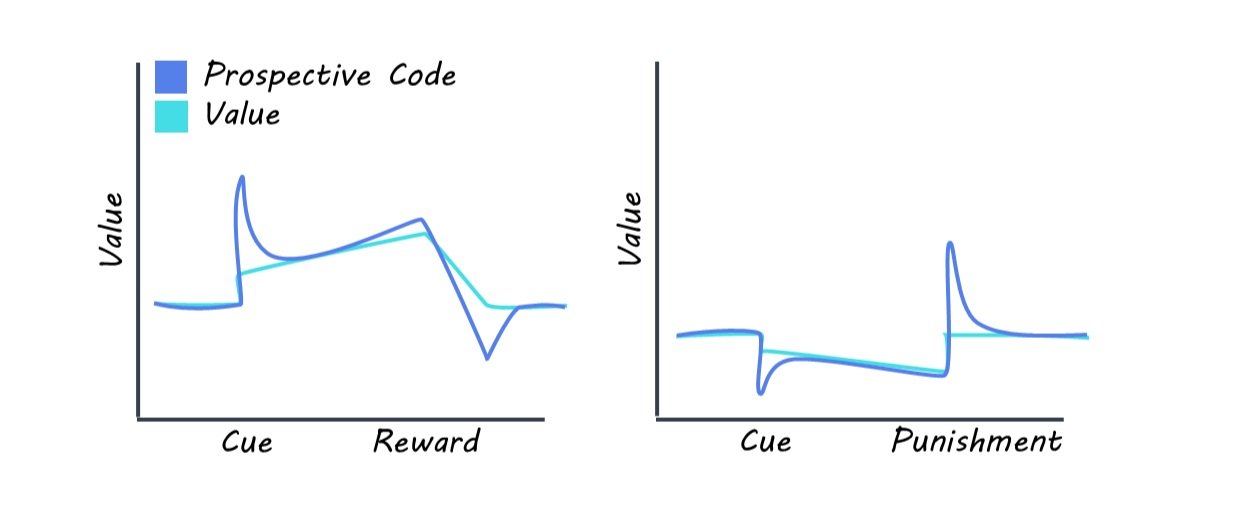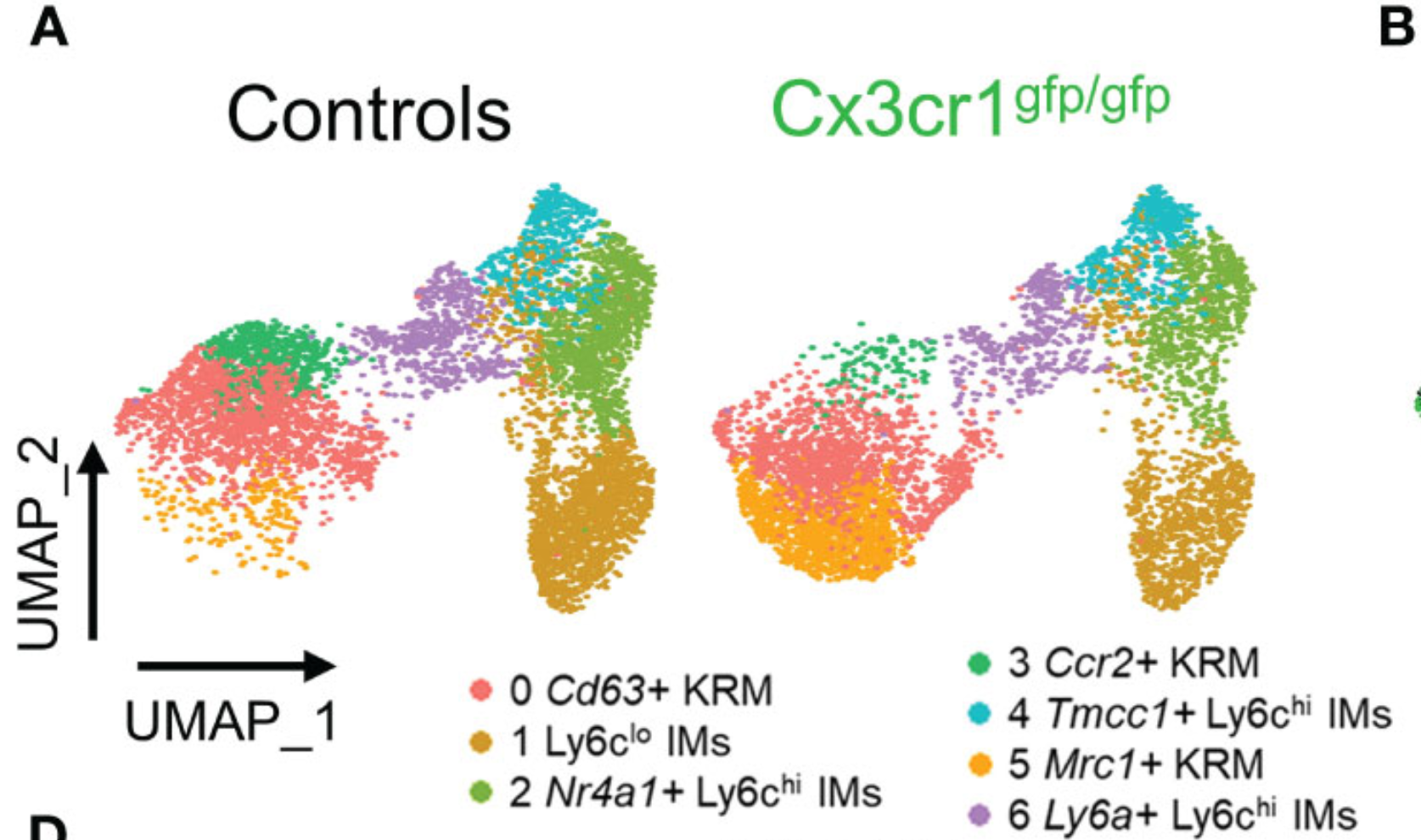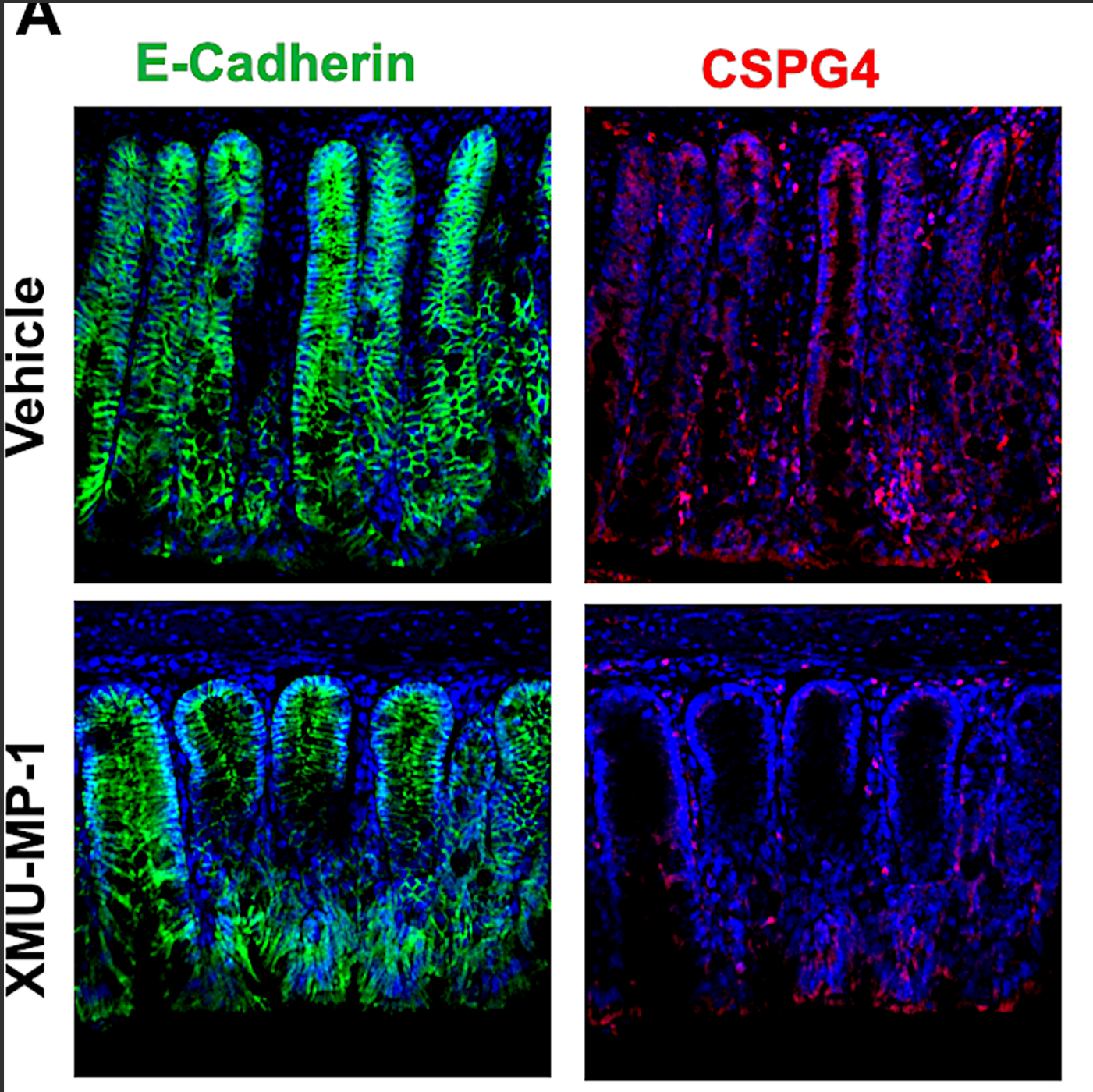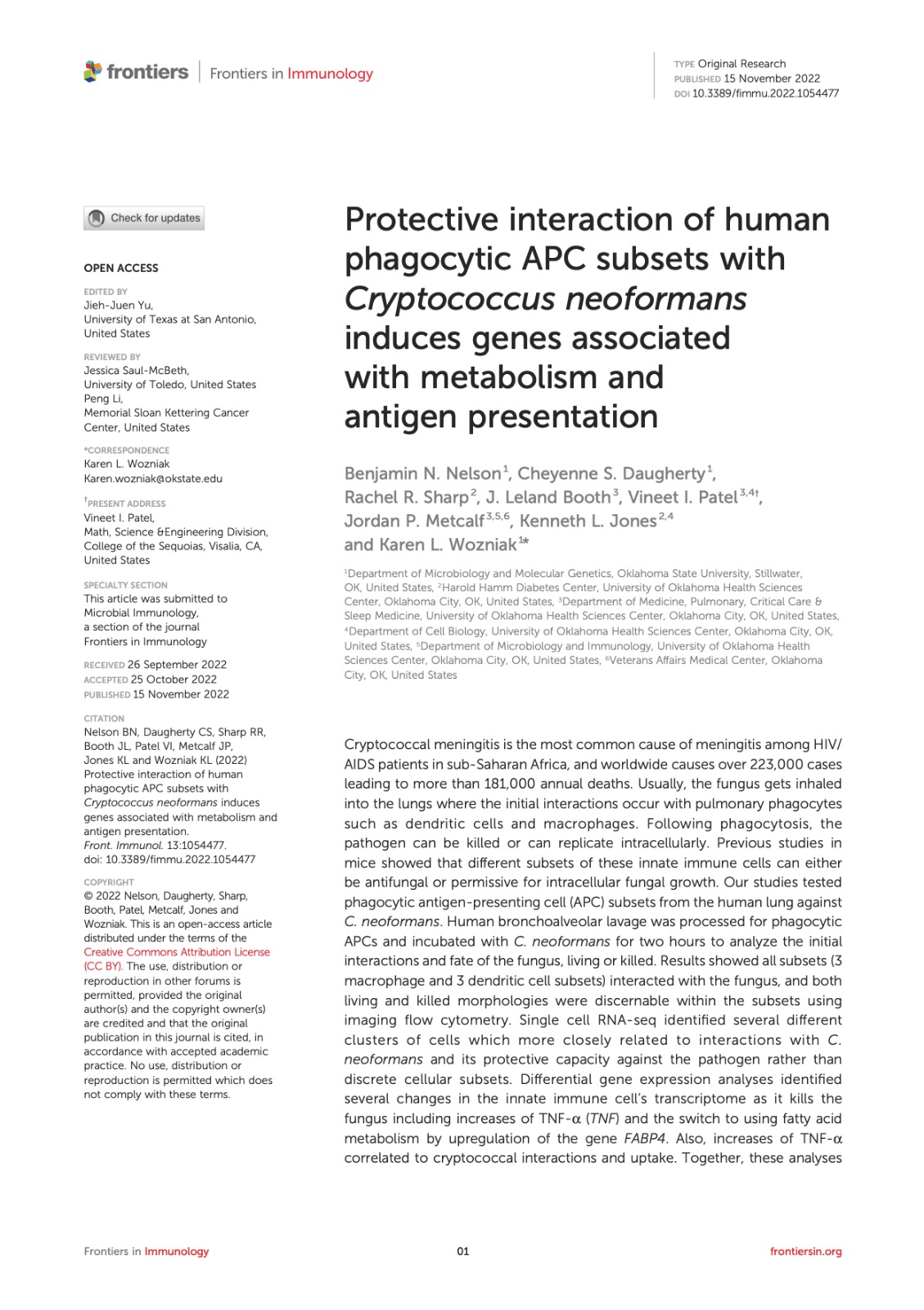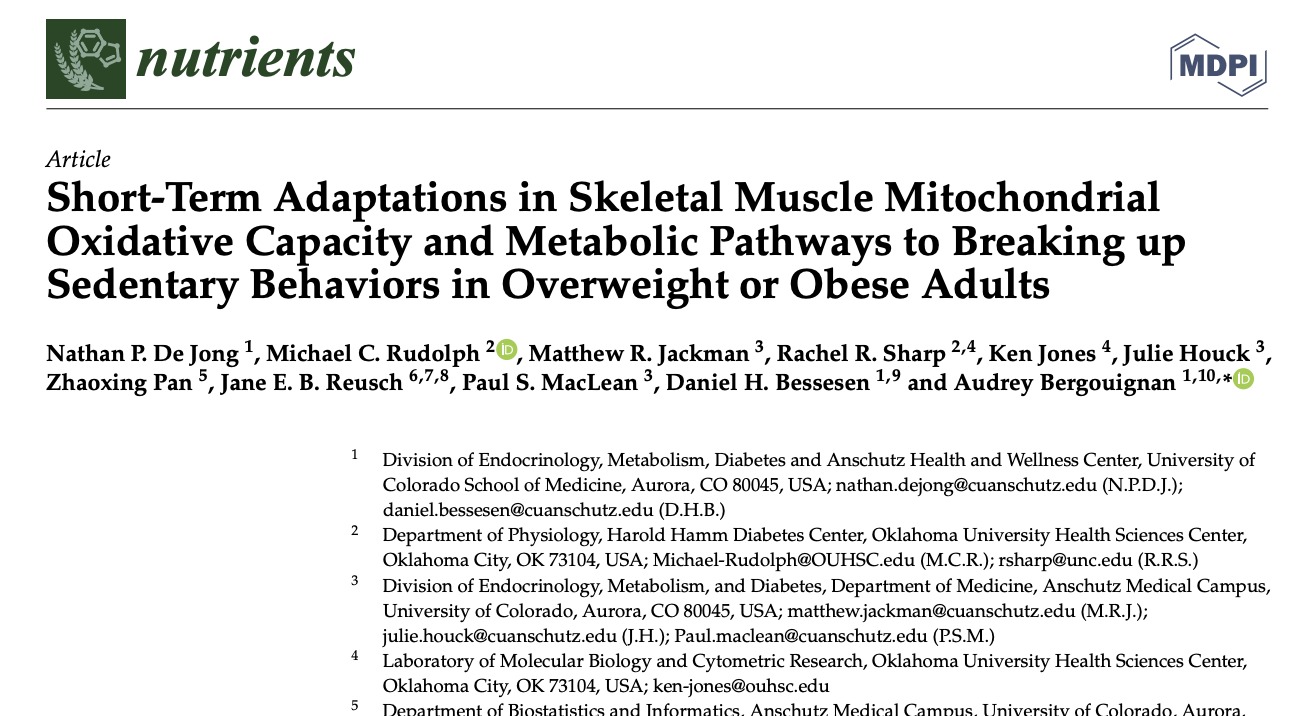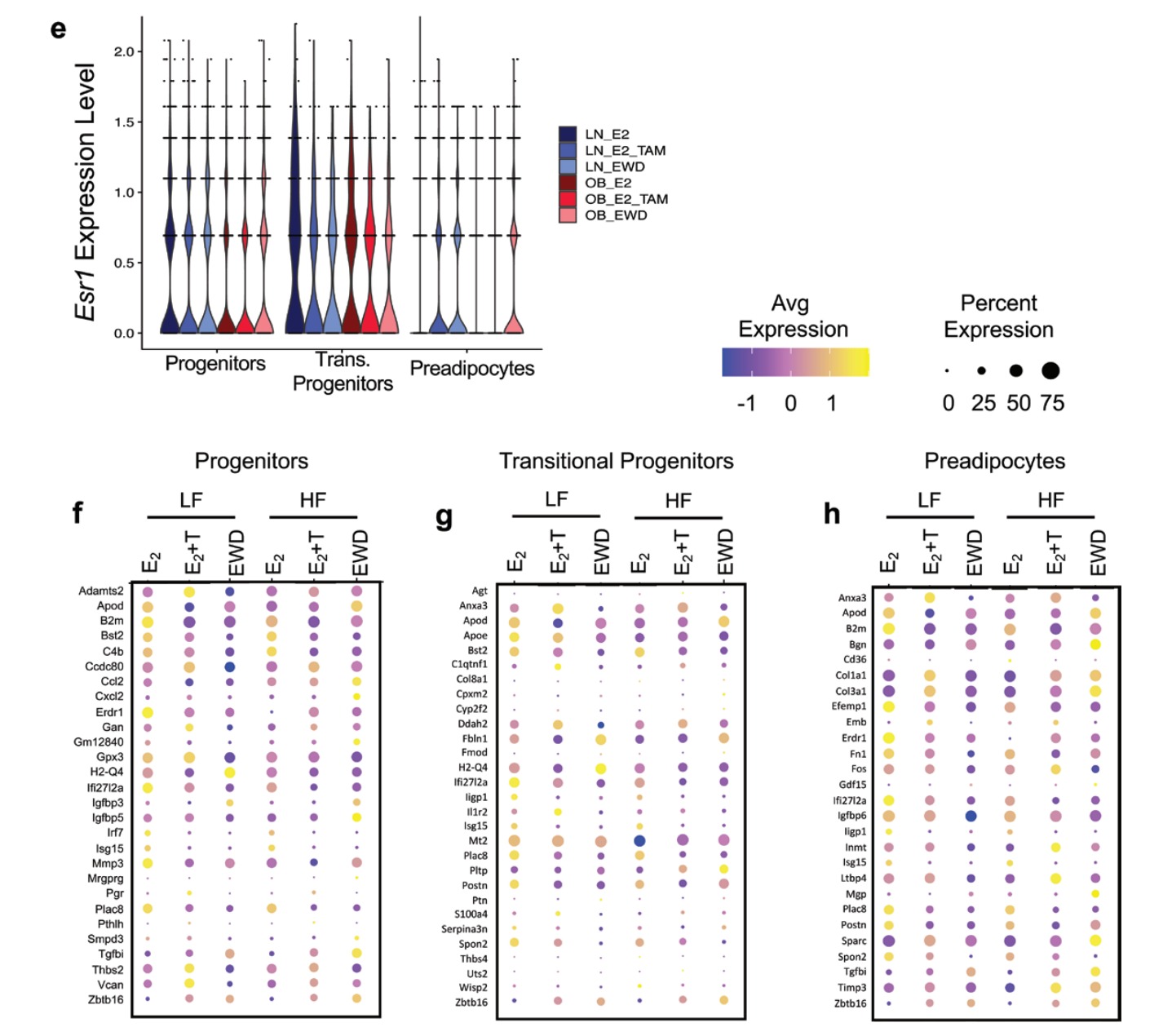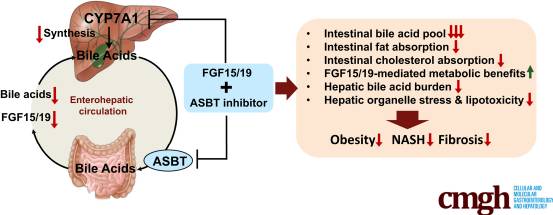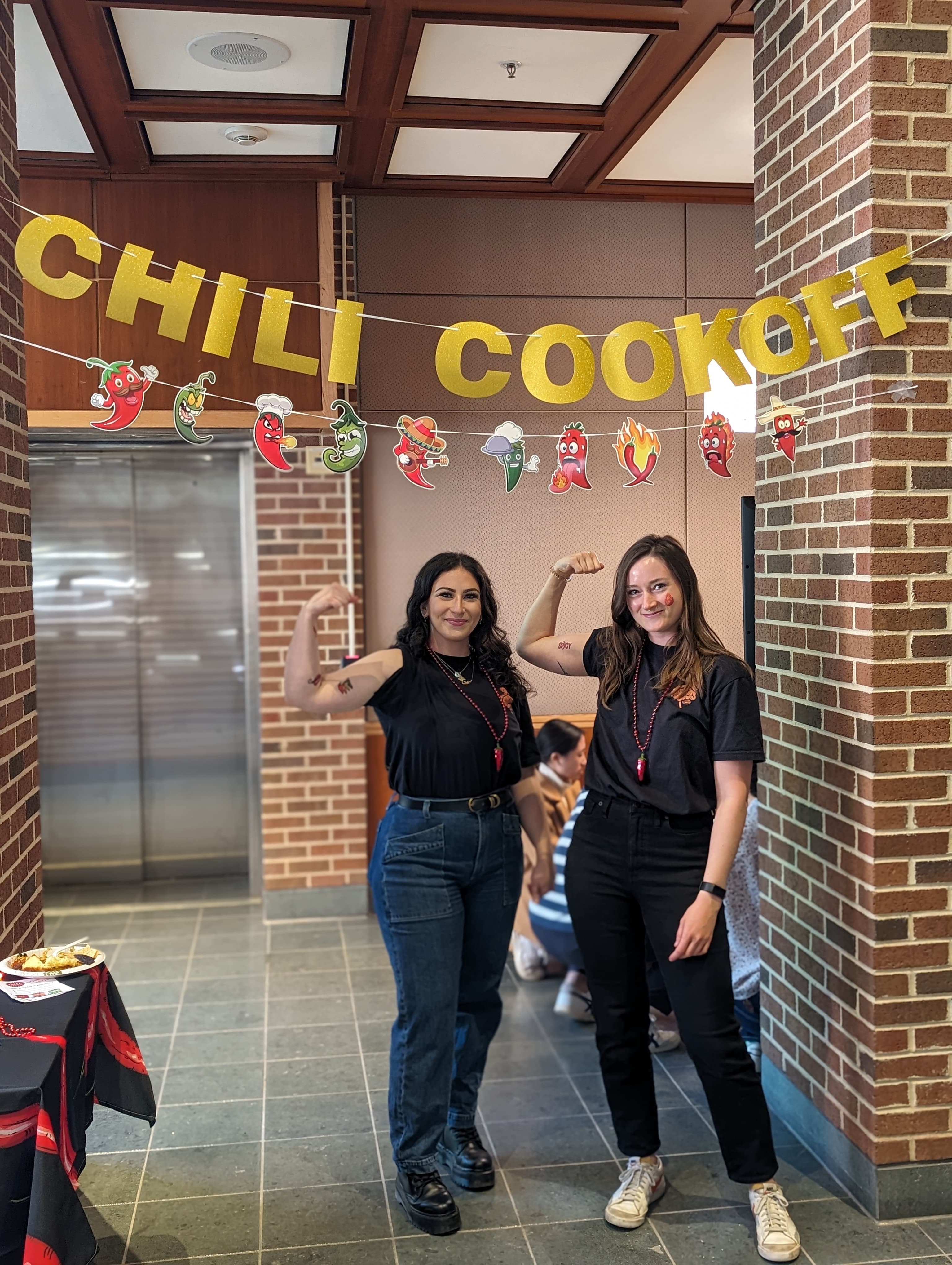
I am a science writer and Neuroscience PhD candidate passionate about the intersection of science and society. Guided by a belief in deeply collaborative and community-driven research, I love writing about topics in neuroscience, genetics, and social issues in accessible ways that highlight the social impacts and influences on research.
Beyond the lab

When I’m not writing or working on my thesis project, you can find me at the climbing gym, reading (check out Until the Red Swallows It All by Mason Parker), gardening, attending community activism events, or taking my cat, Taz, to a bar.




